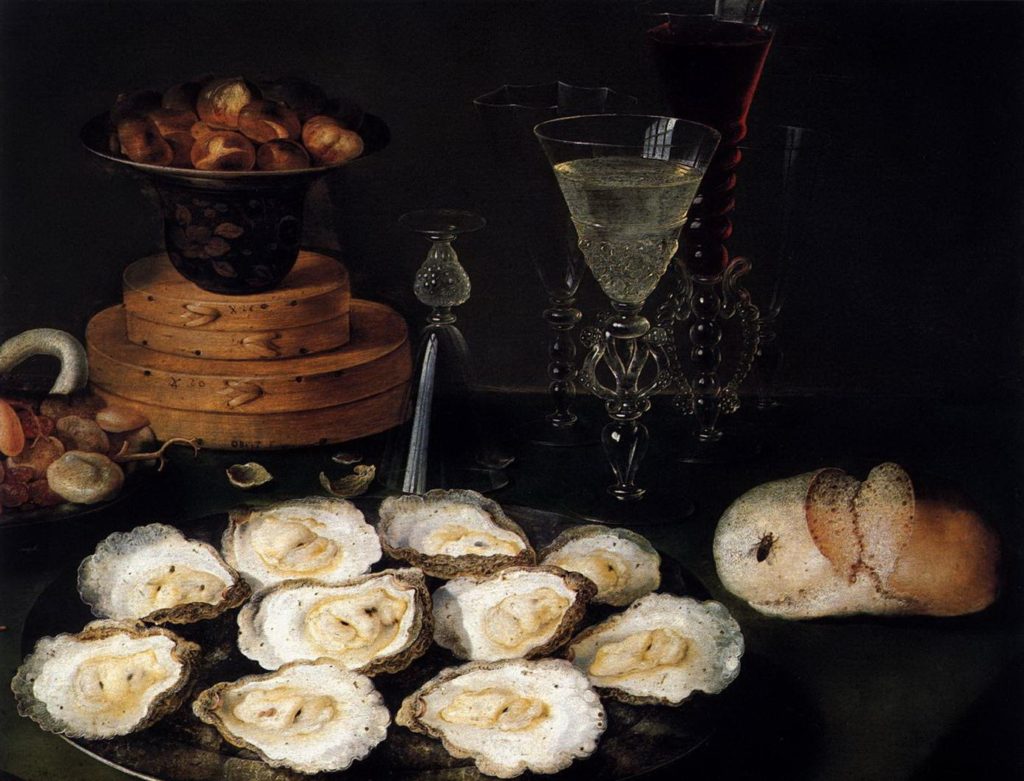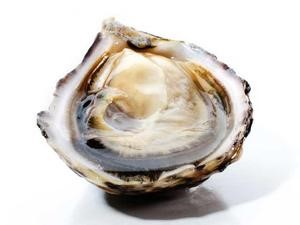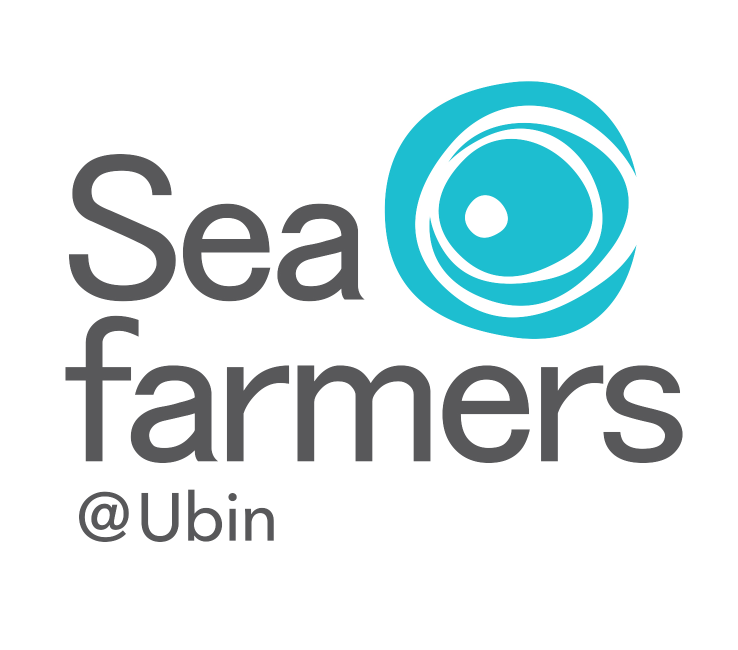Do you call yourself an oyster lover? How much do you really know about these delectable creatures? Read on to find out.
1) Farming oysters is sustainable and good for the environment
Every oyster farm is a reef and provides ecosystem services to the surrounding bay or estuary. Oysters may be the world's most sustainable fishery: you don't have to feed or water them, they are fairly low on the food chain, and their carbon footprint is practically nil or even negative--especially if the oysters you are eating are grown locally. Oysters purify the water they’re growing in and both native and farmed oysters sequester nitrogen and CO2 from the atmosphere acting like little carbon capture tools. Since each oyster can filter over 55 litres of water a day, oysters taste of the land and water that surrounds them – giving them a unique terroir, much like a fine wine or olive oil.
2) Restoring oyster reefs = restoring marine life
Jonathan Swift: "He was a bold man that first ate an oyster."
It is not known who was the first person that ate oysters. But one thing we do know, is that eating oysters dates back centuries.

While in 1609 New York Harbor was covered by 220,000 ha. of oyster reefs, by 1906 the New Yorkers had eaten every last oyster, leaving the reefs dredged up or covered in silt. The harbour was toxic and life was close to impossible. At the turn of the 21st century, thanks to environmental laws like the Clean Water Act, water quality improved so that conditions were finally ripe for large-scale restoration and the Billion Oyster Project was launched. By 2035, one billion live oysters will be distributed around 100 acres of reefs, making the Harbor once again the most productive waterbody in the North Atlantic and reclaiming its title as the oyster capital of the world!
3) Farmed oysters are better than wild oysters
More importantly for discerning palates, some might say farmed oysters taste better. Wild oysters that grow to adult size have certainly beat the odds (only about one in a million eggs survive), however they have generally led a life of hardship, struggling to reach algae and nutrients from the muddy seafloor bottom, left to fend for themselves, they grow thick shells and less meat. Farmed oysters, on the other hand, have been stuffed with a steady stream of food since birth, live in cages, tumbled from time to time to grow a deeper cup (i.e. higher meat content), and have doting farmers who ensure that they grow strong, beautiful shells. They are bred to grow quickly and are harvested when they are at their peak flavor.

